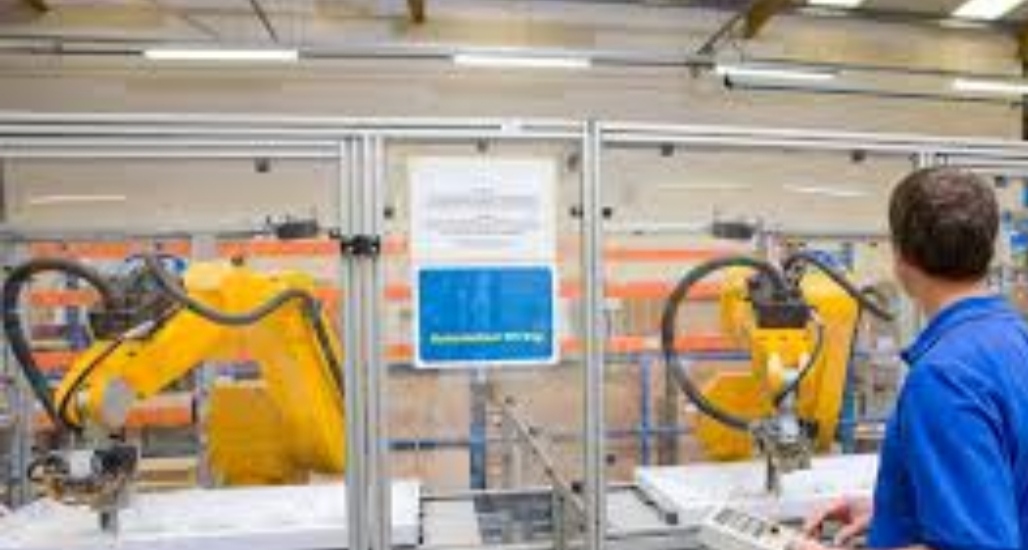Job growth projections provide insights into the expected expansion of various industries and the labor market. These numbers are crucial for policymakers, businesses, and job seekers alike. As of my last knowledge update in September 2021, I can offer some general insights.
Economic Trends: Projections are often based on economic forecasts. If an economy is expected to grow, job opportunities tend to follow suit. Conversely, economic downturns may lead to reduced job growth.
Industry-Specific: Different industries experience varying growth rates. Technology, healthcare, and renewable energy sectors were predicted to show substantial growth. The shift to remote work and e-commerce also influenced projections.
Geographical Variation: Job growth isn’t uniform across regions. Urban centers and regions with specific industry clusters might see more growth than rural areas.
Education and Skill Requirements: Jobs with higher skill requirements may experience growth due to technological advancements, while lower-skilled jobs might see stagnation or decline.
Demographics: An aging population can impact job growth in healthcare and related fields, as more healthcare services may be needed.
Policy Changes: Government policies can significantly affect job growth. For example, incentives for renewable energy can lead to job growth in the green sector.
These projections are not static and may change over time due to unforeseen events, such as economic crises or technological breakthroughs. It’s essential to consult the most recent data and labor market trends for the latest insights




